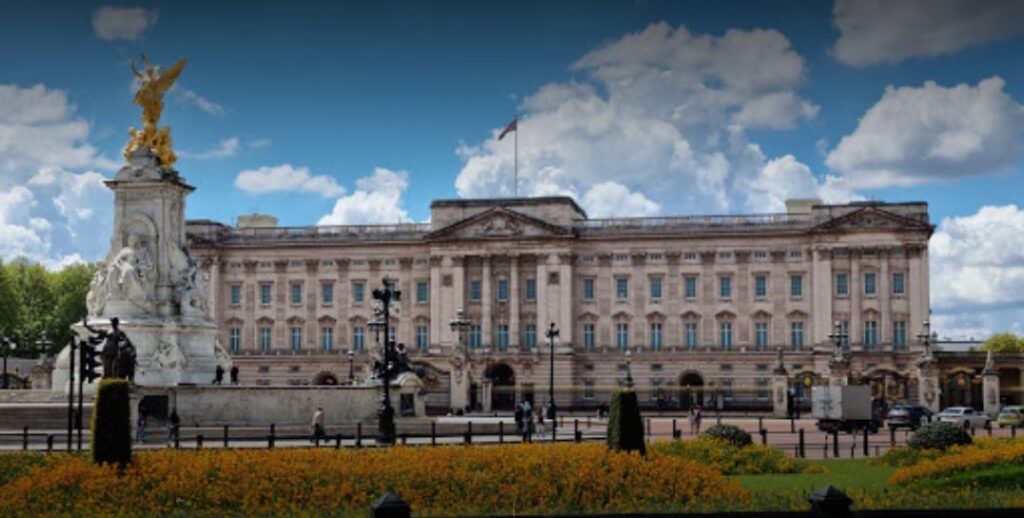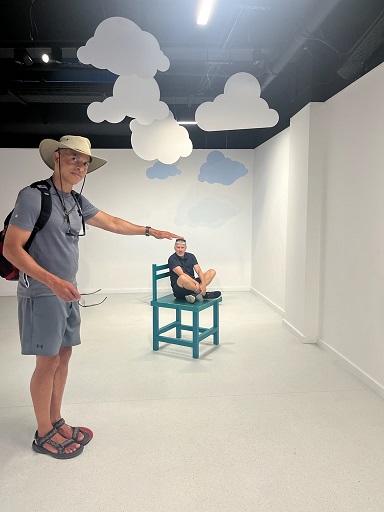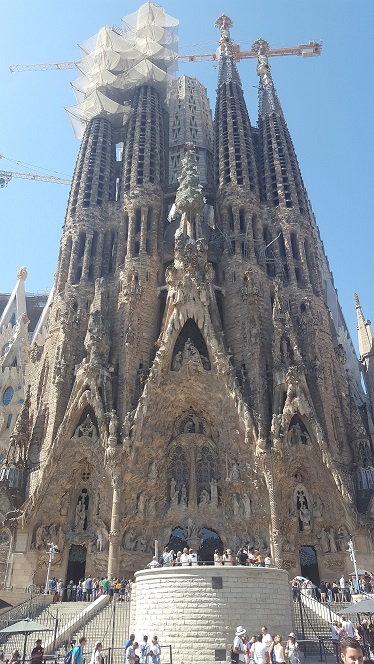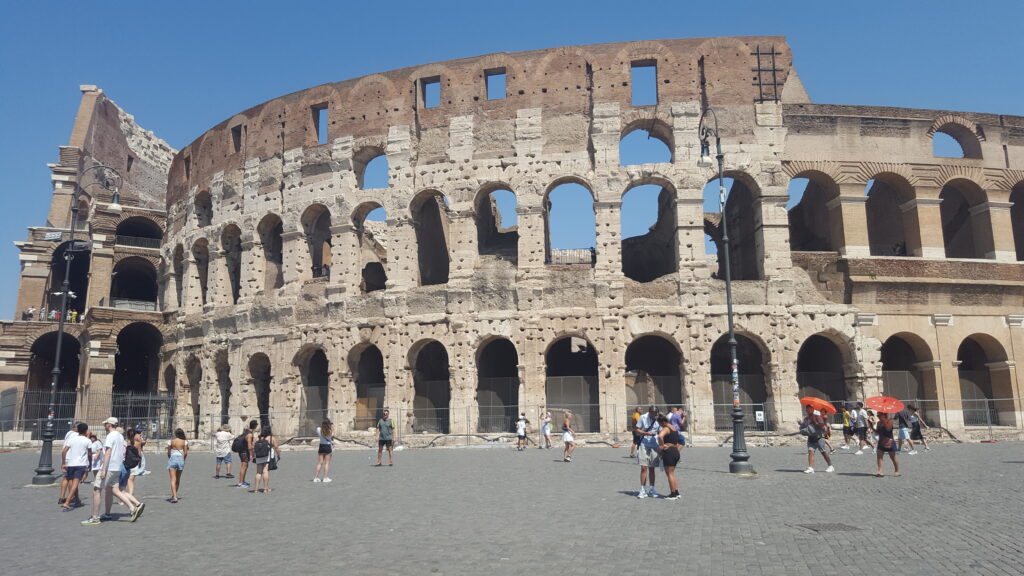Data is one of the most important tools for activists in the fight for basic human rights to be respected. One reason is that data can back up the anecdotal evidence activists and community members have had for years. Like, when the Ottawa police were forced to start collecting race-based traffic stop data in 2013, it showed what Black people in Ottawa had long suspected: the police were disproportionately stopping Black people.
The basic data advocacy steps are:
- Identify data gaps (i.e. what data is needed).
- Ask the target organization if it has the data.
- If they say they don’t have it, ask them to produce it.
- If they refuse or delay, take action to force them to collect it.
- Ask them to act on the data they collect.
- If they refuse or delay, take action to force them to act on it.
- Continuously refine data literary skills, including countering misinformation.
The first step to getting good data is identifying which data you have and which you don’t. This can be done by searching organizations’ websites and asking the organizations directly. Gaps can be at the organization or systemic level. For example, regarding housing in Ottawa, at the organizational level, Ottawa’s largest provider of community and affordable rentals, Ottawa Community Housing, doesn’t collect race-based data on who its tenants are while anecdotal evidence indicates they’re largely Black people. Despite this, Ottawa’s 2023 Progress Report on its 10-Year Housing and Homelessness Plan 2020-2030 doesn’t mention Black people once. At a systemic level, there’s no race-based data on judicial decisions at any court level despite Canadian judges’ role in the disproportionate incarceration of Black people in Canada and the fact that most Canadian judges are white.
For single organizations, you can just ask them if they have the data. Systemic data gaps are harder to fill. The collection of race-based data on judicial decisions, for example, would likely require federal and provincial legislative changes, changes to judicial council policies, and policy directives from judicial and governmental bodies like Justice Canada and provincial attorney generals…which could take years to achieve.
If organizations don’t have the required data, they can be asked to produce it. If they refuse, or delay, action can be taken to force them to collect it. In November 2022, we asked the Boys and Girls Club of Ottawa (BGC Ottawa) what percent of the referrals from the Ottawa police to BGC’s Community Youth Diversion Program were Black. BGC Senior Manager of Community Services Tom Scholberg said BGC didn’t track identity-based data for OPS referrals in their database. In March 2023, Scholberg said BCG could ask their database guy to add a tick box to designate a youth as ACB [African-Canadian Black] in their database, instruct staff to use it, then take a look in a few months. In May 2024, we followed up and Scholberg said BCG had added a tick box for ACB clients to their database related to the diversion program as of January 1, 2024 and that he’d be willing to ask BGC’s database person to create a report. However, when I followed up about getting the report, BGC CEO Adam Joiner got involved and in July 2024 said, “At this point, there is no significant conclusions and/or meaning that we can attribute to the data at this point, because it is so early in our collection of this type of information. We’d be happy to revisit after a year of us collecting this type of information and see if this is information that would have value in sharing broadly. Our goal with data collection is to help inform our programs and services.” I followed up with Joiner at the end of March 2025 but got no reply.
If required, organizations can be forced to collect race-based data. In 2017, the Government of Ontario introduced the Anti-Racism Act and the Education Equity Action Plan, which required schools across the province to collect and publicly report on identity-based data. Ontario ordered all Ontario police services to add race to their use of force reporting starting in January 2020. However, just because an organization is ordered to collect data doesn’t mean it will. The Ottawa Carleton District School Board only started collecting identity based data in the 2019-2020 school year.
Although the Ottawa Police Service began collecting race-based use of force data in January 2020 as mandated, they only released the 2020 data publicly in May 2022. The data showed Black folks being over represented by 4.8 times in use of force reports in 2020, 3.1 times in 2022 but back up to 3.3 times in 2023. Despite Ottawa police leadership saying each time that the force “must do better”, they haven’t set an actual goal to do so. And Ottawa Police Services Board (OPSB) Vice Chair, Ottawa city councillor Marty Carr, provided some insight into why that is.
Carr testified at the inquest into the death of Abdirahman Abdi who died in 2016 following an arrest by Ottawa police. The inquest ended in December 2024. Carr spoke about the OPS’ disproportionate use of force against racialized Ottawa residents and said several times that the Board was concerned that there has been no change in the use of force race data “in the last decade” and that the Board was responding by creating “new key performance indicators”. I asked Carr at the January 2025 OPSB meeting why the Board was creating new KPIs when it already has use of force data showing the OPS continues to use force disproportionately on Black and Middle Eastern residents. In response, Carr said the use of force data aren’t KPIs because the Board hasn’t used them to set targets for the OPS to reduce its disproportionate use of force against Black and Middle Eastern people. She said the data is “just data” and that’s why the Board is creating new KPIs. But the Board doesn’t need to create any new KPIs because the OPS has already done that. They’re listed on page 6 of the Ottawa police’s DRIVE2 Strategy 2023-2027, under Key Performance Indicators, where it lists “Race-based data. Use of Force and traffic stops”. So the Board simply has to require the OPS to follow its own DRIVE2 strategy and set targets to reduce its disproportionate use of force against Black people from 3.3 times more than expected to zero ASAP.
At the Board’s March 2025 meeting, the Board presented its Strategic Plan Objectives, including KPIs. However, the use of force KPI was far too vague, being, “Proportion of use of force incidents involving Black, Indigenous, Middle Eastern, and other racialized individuals.” At that meeting we pushed the Board to set more specific data-based targets for the existing KPIs. They said they would come back with revised KPI information at their April meeting but didn’t. Also, it wasn’t clear whether they meant more specific goals based on existing KPIs or creating new KPIs. Them creating new KPIs would be an example of a standard tool of resistance to change: responding to negative data by saying more data is needed.
Another tool of resistance organizations use is creating their own false or misleading data. In 2019, the Ottawa Police Service hired Carleton University professor Linda Duxbury to evaluate its latest community policing program called Neighborhood Resource Teams. Duxbury had done research on Peel Regional Police’s School Resource Officer program that minimized voices of Black and Indigenous students. When community groups pushed Duxbury to include Black and Indigenous voices in her NRT study, the OPS cancelled the 3-year, $260,000 research project.
The Ottawa Police Service regularly uses misleading statistics like the Crime Severity Index (CSI) and the police to population (cop-to-pop) ratio to support the myth that violent crime is increasing and the only answer is more police. The Crime Severity Index is a complex tool which tracks changes in the severity of police-reported crime by accounting for both the amount of crime reported by police in a given jurisdiction and the relative seriousness of the crimes. The Ottawa police selectively use stats from the CSI to fan fears about increasing crime. For example, the OPS’ 2023 Annual Report says, “the severity of crime in Ottawa increased 5 percent to 58.8 points in 2023.” It also shows that, according to the CSI, “violent” crime in Ottawa increased by 0.1 percent from 2022 to 2023 and “non-violent” crime increased by 7.6 percent in the same time. But couldn’t that mean that some people switched from committing violent to non-violent crime? Also, what is “violent” crime? Statistics Canada’s Understanding and using the Crime Severity Index says “the CSI is not intended to be used in isolation and is not a universal indicator of community safety.” – but the police don’t mention that.
However, the police often say Ottawa has a lower police to population, or cop-to-pop, ratio than many other cities and that makes it less safe. However, there’s no evidence that a higher cop-to-pop ratio leads to more safety. In fact, what is clear from the OPS’ own use of force stats is that more police officers would mean more officers using force disproportionately on Black and Middle Eastern folks.
Black communities must develop expertise in addressing misinformation, including how to file federal Access to Information and provincial Freedom of Information and Protection of Privacy requests for government information. They must also learn how to file appeals with the appropriate privacy commissioner if the government organization from which they’re requesting information refuses. When you file an appeal with Ontario’s Information and Privacy Commissioner they assign a mediator who calls you and the freedom of information representative of the organization and helps mediate a deal.
So, in order to advance systemic change and the respect for human rights, we must push organizations and systems to collect and act on data. To that end, it would be great to have an organization focused on data advocacy for Afrikan Canadians. And perhaps the Canadian Institute for People of Afrikan Descent could play that role.
On August 30, 2024, the Government of Canada announced that a total of $7.25 million would be provided over three years to Caribbean African Canadian Social Services (CAFCAN) to establish the first-ever National Institute for People of African Descent. In February 2025, at the 4th National Black Canadians Summit, CAFCAN executive director Floydeen Charles-Fridal announced that the organization had been renamed the Canadian Institute for People of Afrikan Descent.
CIPAA’s objectives include informing and influencing policy and program development at all levels of government from a Black-centric perspective and conducting applied research, knowledge development, information sharing, stakeholder engagement, and network-building.
Given these objectives, CIPAA could become a centre for data advocacy for Afrikan Canadians. It could house, and share, existing data, help identify data gaps and push organizations and systems to move to the next level of data development. It could advocate against the unlawful collection and use of data such as carding. It could also provide data literacy resources to empower Afrikan communities to effectively use data and protect themselves against it being used against them.
CAFCAN is currently holding consultations with Afrikan communities to help shape what CIPAA will be. We will continue calling for CIPAA to help Afrikan Canadians become data warriors by becoming a national Afrikan data advocacy centre.
No data. No justice. No peace.




